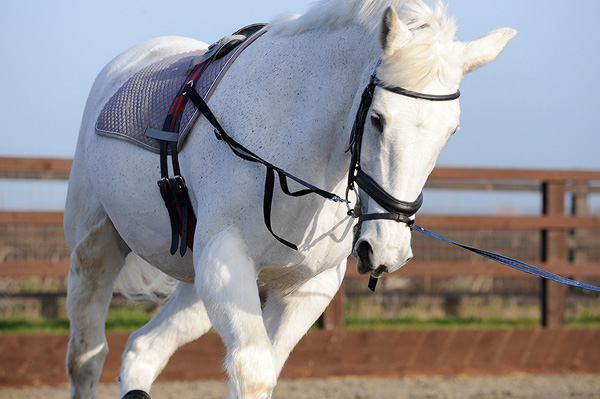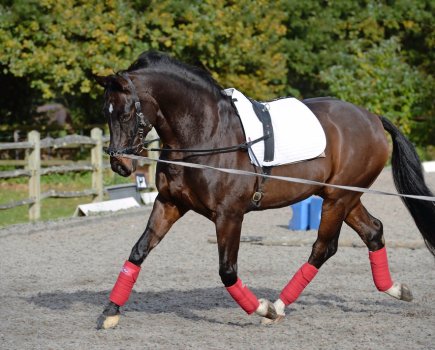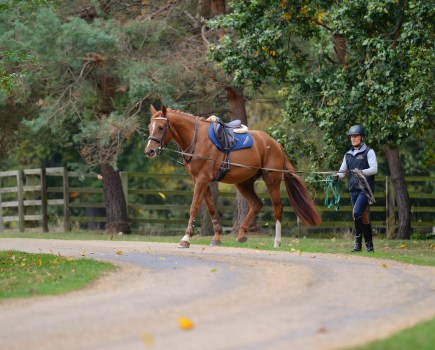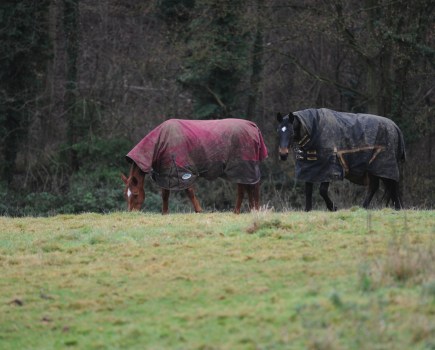WHAT ARE THEY?
Two reins that clip to the bit rings and then run straight back on either side of the horse to attach to the girth or roller.
WHEN SHOULD THEY BE USED?
For lungeing only. They offer an alternative way of working the horse to help add variety to your training programme. They’re used to provide a rein contact for a horse to work into.
HOW DO THEY WORK?
When the horse raises or twists his head beyond a desired point, the reins put pressure on the bit. This acts on the bars and the corners of the mouth so the horse returns to the correct position and the pressure is released.
WHAT ARE THEY GOOD FOR?
– Establishing the initial contact with young horse
– Developing topline muscle
– Developing different frames progressively
– Establishing acceptance of contact
– Improving suppleness through the back
– Encouraging a consistent and steady outline
– Achieving looseness of paces through suppleness
“They can help develop topline during lunge exercise and, depending on the positioning of the reins on the girth and their length, the desired frame,” explains instructor and dressage rider Tara Osborn. “Positioned low and long, they allow a rounder, deeper frame and encourage the horse to stretch and use the muscles of his back. The higher and shorter the reins, the more collected the outline and the shorter the frame – but this must be built up over time.”
WHAT CAN GO WRONG?
Proper adjustment of the length of rein for the stage of the horse’s training is vital. “Too long and the horse won’t feel the contact and tend to become long and hollow – he won’t work through the back so his topline and suppleness will show little improvement,” says Tara. “By adjusting the reins too short, the horse will be forced into an incorrect outline with a tight neck and tense back, and become reluctant to go forward.”
Side reins must also be adjusted to equal lengths or slightly shorter to the inside. Uneven reins will develop a lop-sided horse. Ensure the horse is driven forward into the reins – without this, muscle development won’t happen.









